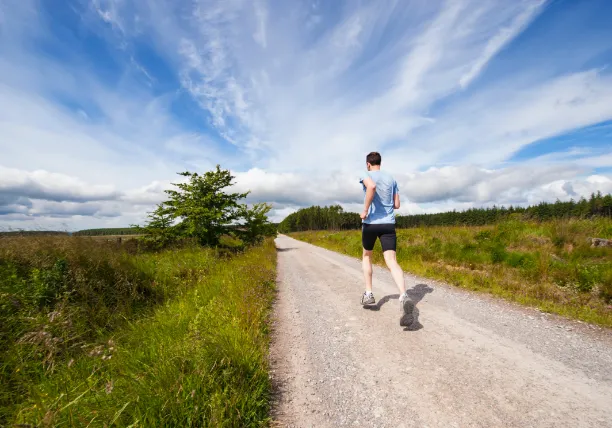Running is one of the most popular exercise past times in the world! However, with popularity, generally comes a higher cost & burden of injury. Injury incidence ranges from 19% to 78% among different studies, with commonly reported injuries including:
- Muscle strains
- Stress fractures
- Tendinopathy (e.g. patella, gluteal & achilles)
- Shin splints (MTSS)
- Anterior knee pain
One of the most common questions we get asked by patients is: is running bad for you since it involves so much impact? Now this is a very good question. We know with running, different running techniques can result in different loads through our legs, but running itself is perfectly safe. If you have sustained some of the above injuries, physiotherapists may decide to take you through some running assessments and begin to retrain your running style. When we talk about retraining your running style, it can be done via many means.
Today, for our first blog within our running series, we will go through a few little tips and tricks that you can track and monitor yourself to reduce the impact, also known as ground reaction forces.
There are 2 major components that each leg goes through during our gait cycle, swing and stance phase (as you can see below).
- Swing phase involves rapid movement from your muscles to swing the leg
- Stance phase involves all your support muscles absorbing the load at ground contact and continuing the forward propulsion of the body. This is where the ground reaction forces occur.
Ref: Barton CJ, et al. Br J Sports Med, 2016, Vol.50, Pgs.513–526
Humans run faster by increasing a combination of stride length and stride frequency (Barton CJ, et al. 2016). Recreational running is generally categorised as slow-to-medium paced running (ranging between 7-18km/hr) whereby stride length is the most important method in altering pace.
Most important thing that occurs when we increase the stride length during these slower paces, is the increase in effort to propel yourself further. The calf muscles (soleus & gastrocnemius) contribute most significantly to these increasing vertical support forces. The other muscles that contribute highly is the quadriceps. Given the importance of these two muscle groups, it goes without saying that a small targeted resistance and strength program would be beneficial to reduce the impact on our legs.
The second element we can monitor to reduce impact load is cadence. Cadence, put simply, is the stride or step rate whilst running. The average cadence is roughly 150-170 steps per minute, but the ideal value from multiple studies is between 170-180. However, there are many things that contribute to cadence, and sometimes increasing it to this value is unrealistic. After all, everyone is different and has different exercise backgrounds.
- Increasing your step rate by 15% can sharply reduce the peak impact
- Increasing your step rate can also reduce the amount of hip adduction throughout the gait cycle. This is the amount your hip angles towards your centre of mass during running, which has been shown to increase load through the knee and hip.
Ref: Hobara, H., Sato, T., Sakaguchi, M., Sato, T., & Nakazawa, K. 2012, Step frequency and lower extremity loading during running. International J of Sports Med, Vol. 33, No.4, Pgs. 310-313.
Another element that you can begin to monitor is the contact of your foot with the ground. We classify this into two categories; forefoot (FFS) and rearfoot (RFS), depending on whether you land on your toes or heel.
The graph below gives you a nice example of how landing in a forefoot position can reduce both the peak and average rate of impact on your body. Running more on your forefoot also increases the activation of your calf and also results in earlier activation, meaning that one of your primary muscle groups is increasingly active. Both of these methods have pro’s and con’s, however when looking solely at loading rates on our body we can see that forefoot striking is superior.
Ref: J.R. Yong et al., Journal of Biomechanics 76 (2018) 1–7
As mentioned earlier, these are a few examples of modifiable factors when looking at your own running gait. These studies all look at the particular ground reaction forces related to running. So it must be said, these methods may not always be utilised amongst the general population as everyone is different biomechanically and have different injury histories.



